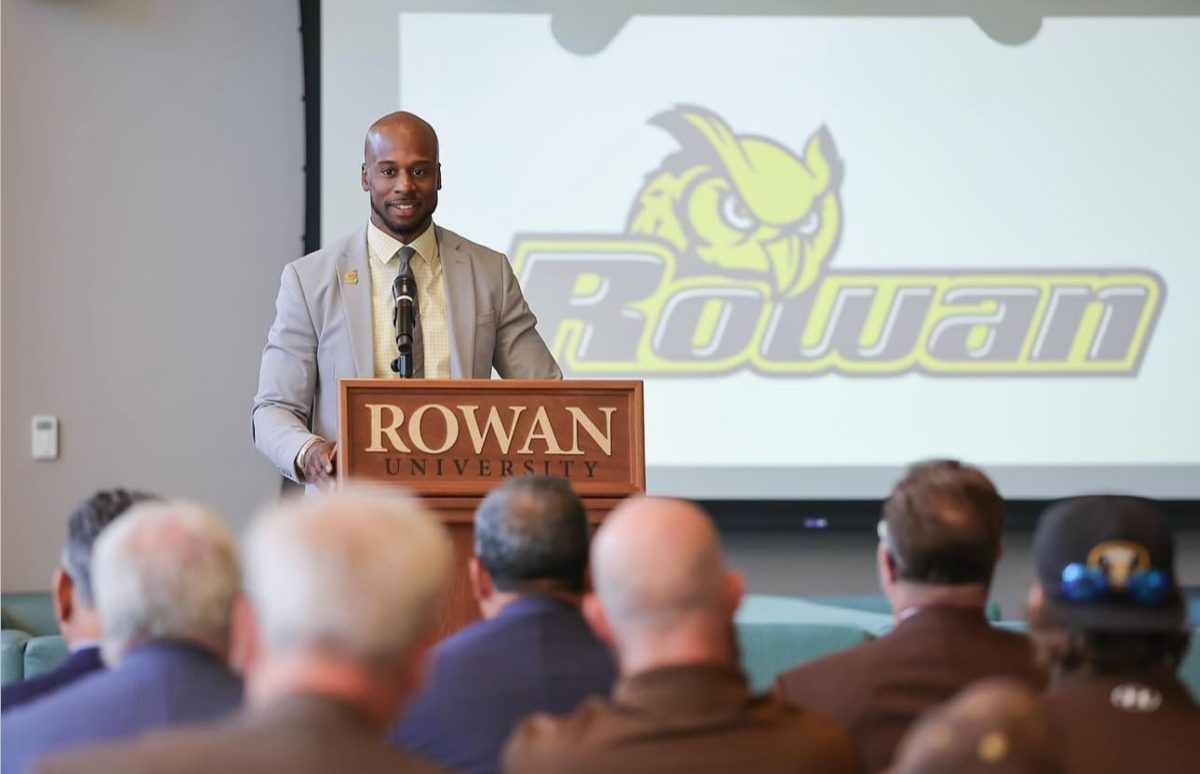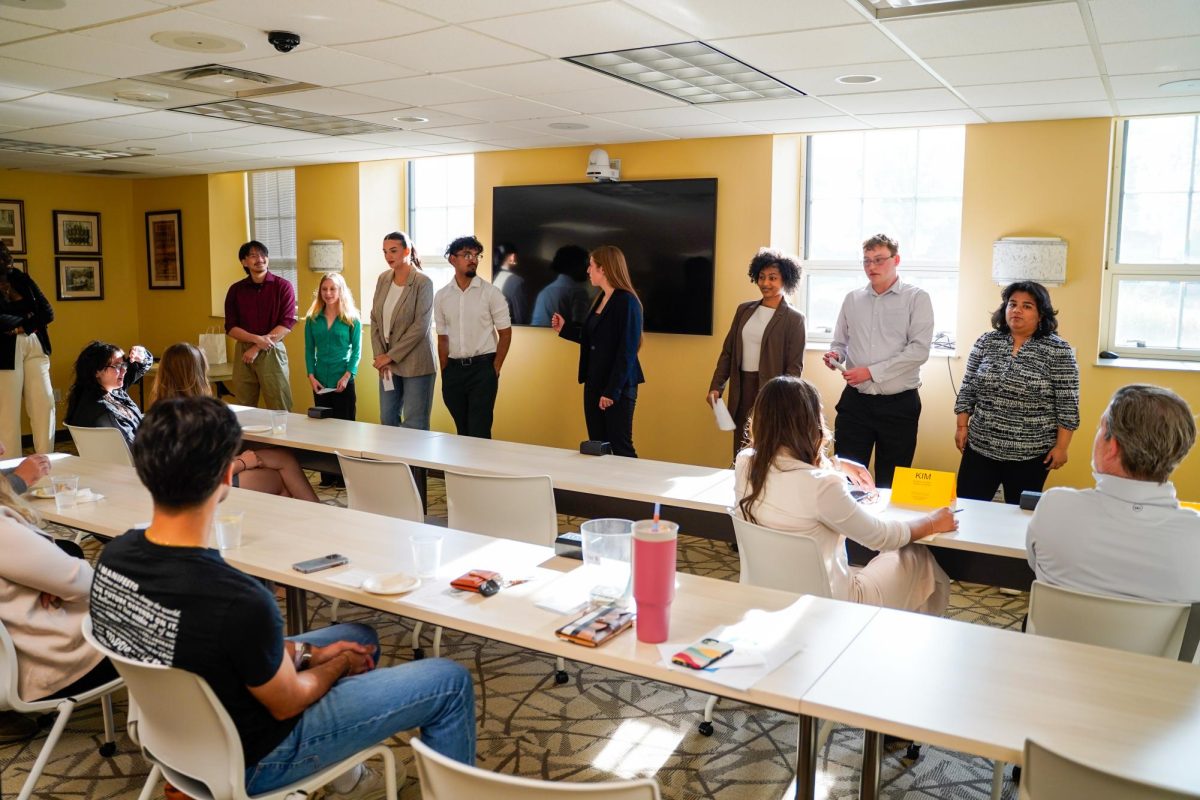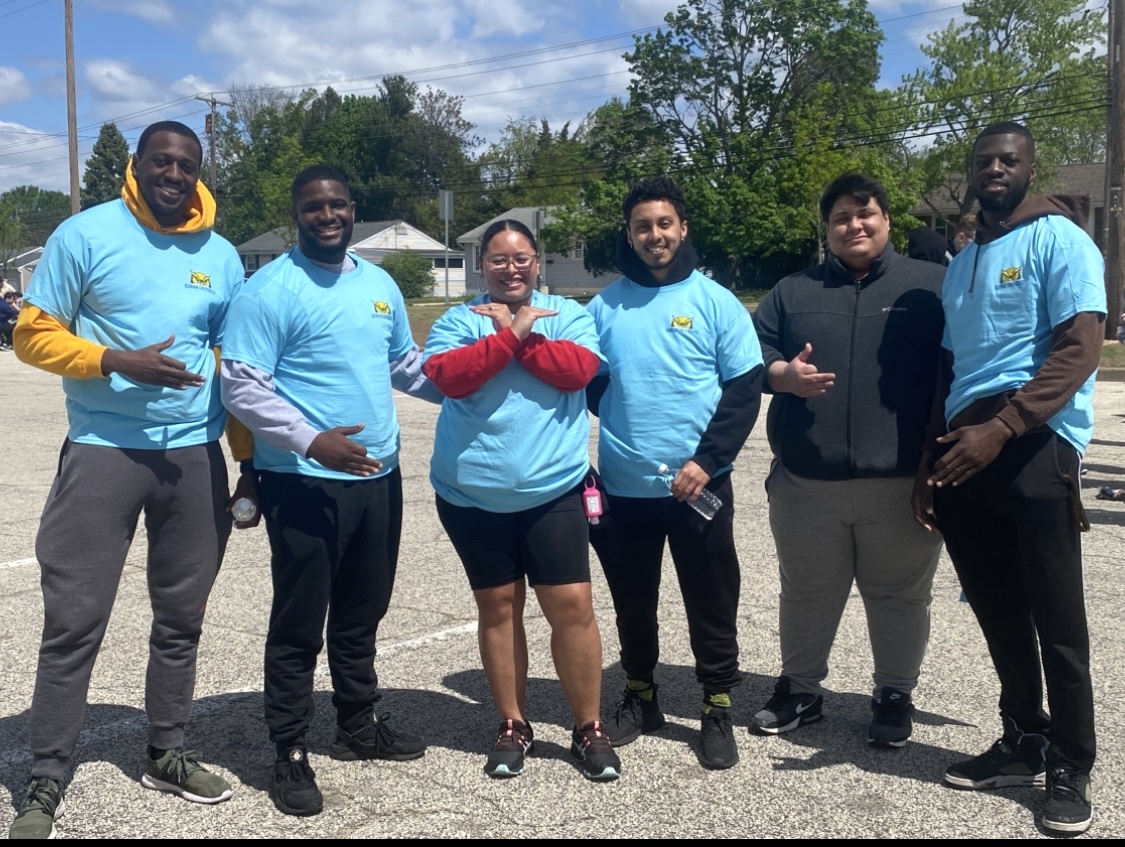Students got the chance to propose potentially groundbreaking solutions to everyday problems at Rowan University’s 20 annual STEM Student Research Symposium on April 21. For many of them, however, this event is just the beginning.
“A lot of students will use the STEM symposium as a practice run before they go and present at a professional meeting,” Gregory Hecht said, an associate professor of biological sciences. He then added that some of his students would be presenting their material for the New Jersey Water Environment Association in the near future.
Hecht, who is also a coordinator for the symposium, was actually the driving force in its inception two decades ago.
“These kinds of things are necessary for students to learn how to communicate professionally,” Hecht said. “This is very much how a science conference will look.”
According to Hecht, the first symposium for the university had around 40 different posters that students presented. This year, that number was 177.
One interesting presentation involved a computer email scanner. Developed by computer science majors Brandon Dixon, Nicholas Schillaci and Ryan Hudson, this program would search employee emails for terms that a company would deem sensitive and then give those emails a score. If the score rose above a determined threshold, the email would be flagged.
“It’s actually just a modified spam algorithm,” Dixon said. He also added that their presentation was a project for their software engineering class.
Despite being a class project, Mission Solutions Engineering in Moorestown is considering using the program.
All of these ideas are a collaborative effort between students and professors. Gabriel Haila, a junior biochemistry major, assisted biological science professor Claude Krummenacher and biochemistry professor Chun Wu in developing a method for preventing the entry of Herpes.
“[Krummenacher] tested over three million drugs to see which ones worked for this method,” Haila said. The group previously presented their idea at an event in Philadelphia.
The input of students and professors not involved with the projects helps presenters make significant improvements on their ideas as well.
“You don’t get many chances to talk to other professors about your project,” Babitha Machireddy said, a participant.
Professors may challenge participants at the symposium, but that is only for their own good, Hechy said.
“You see a faculty member walk up to a poster and they grill them really hard,” Hecht said. “Then they go to the faculty mentor and they say, ‘You know, that person really knows their stuff.’”
This year, presenters came from the College of Science & Mathematics, the Henry M. Rowan College of Engineering and the Department of Biological Sciences. Due to the collaborative nature of the event, more colleges are expected to join in the near future.
“We have data analytics here as a new category this year,” Hecht said. “So there’s a very good chance that at some point, somebody in the school of business will be having students who do data analytics research. Those students will be eligible to present next year.”
Through this symposium, the university acknowledged that inclusiveness and collaboration are essential for success in any field; and by embodying that sentiment in the form of an event that closely mimics the real world, the students are in good hands to see what their future may hold.
For comments/questions about this story, email [email protected] or tweet @TheWhitOnline.





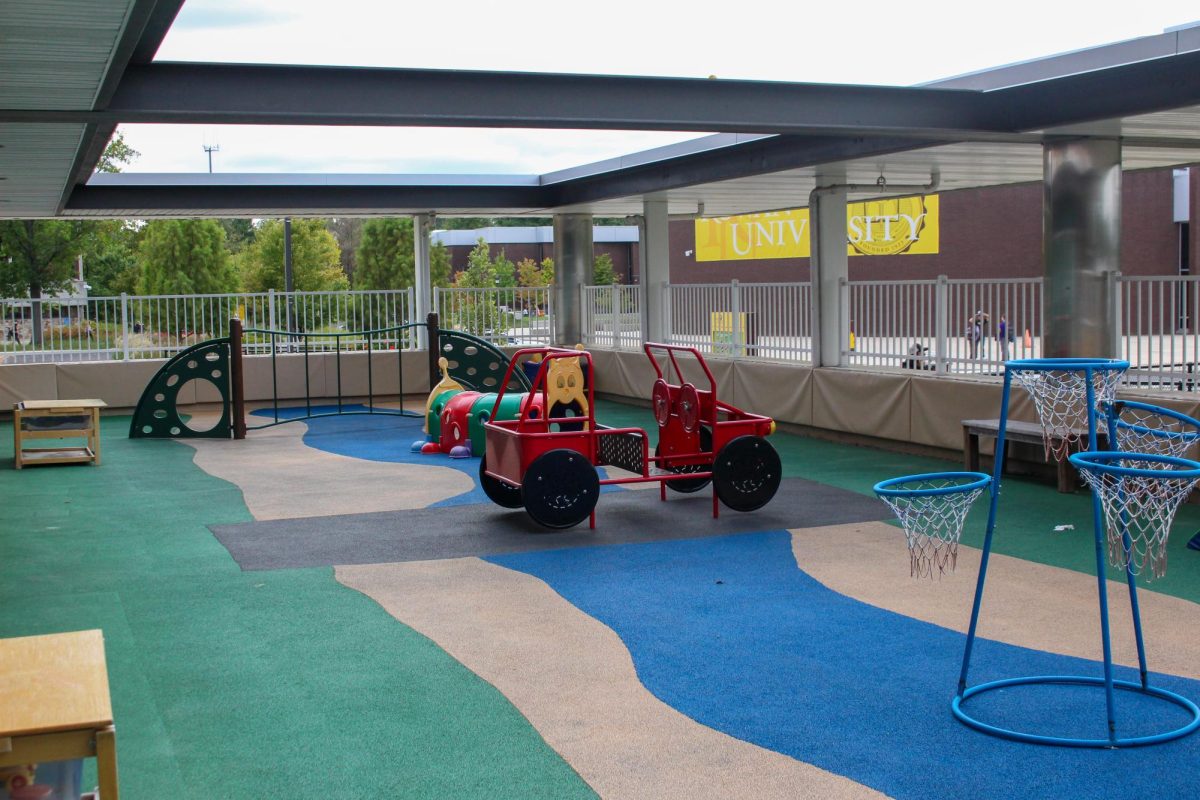


























































































































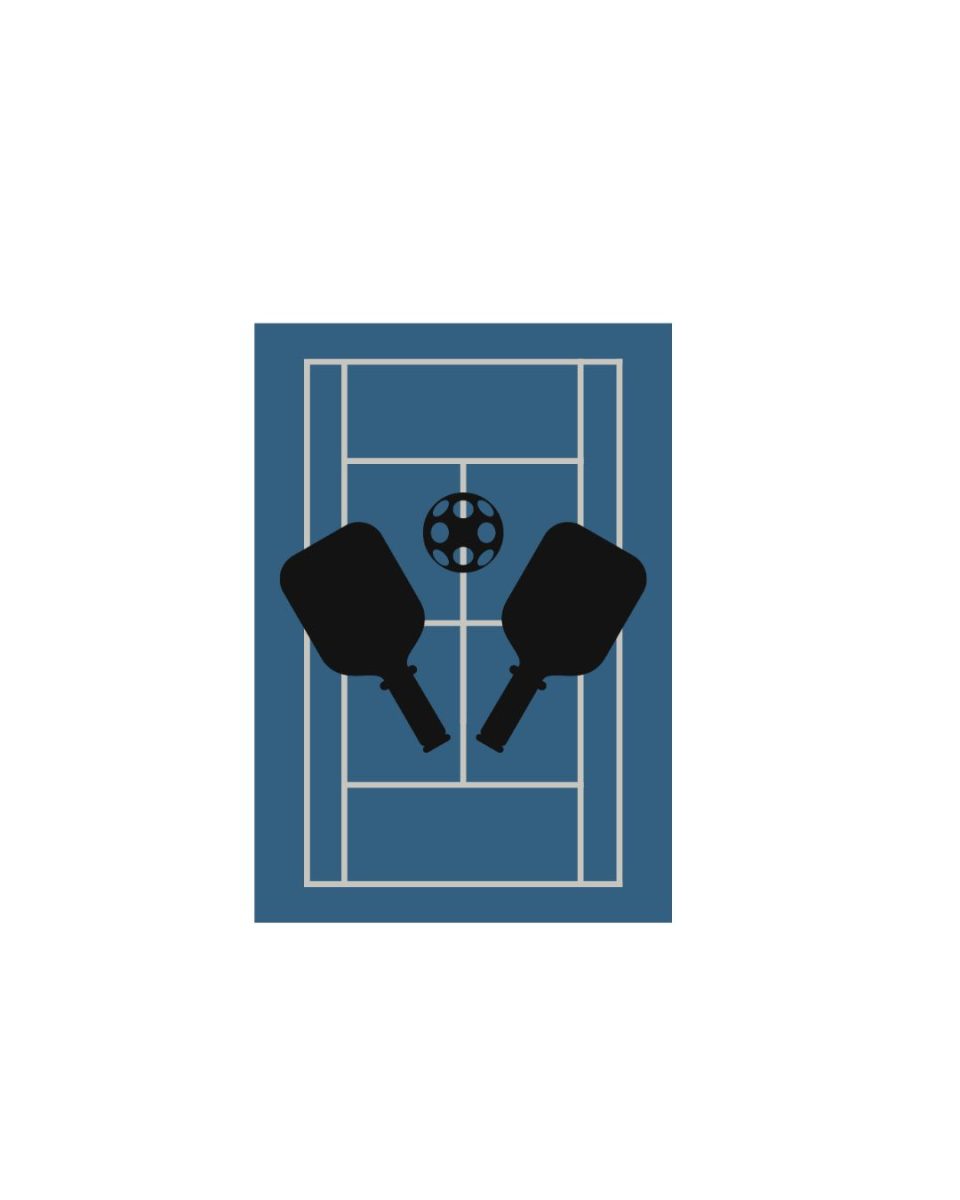
























!["Working with [Dr. Lynch] is always a learning experience for me. She is a treasure,” said Thomas. - Staff Writer / Kacie Scibilia](https://thewhitonline.com/wp-content/uploads/2025/04/choir-1-1200x694.jpg)









































